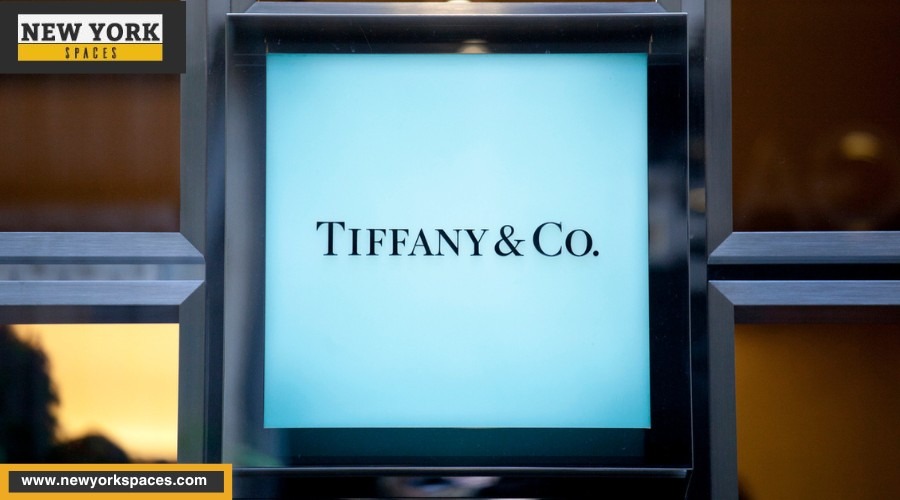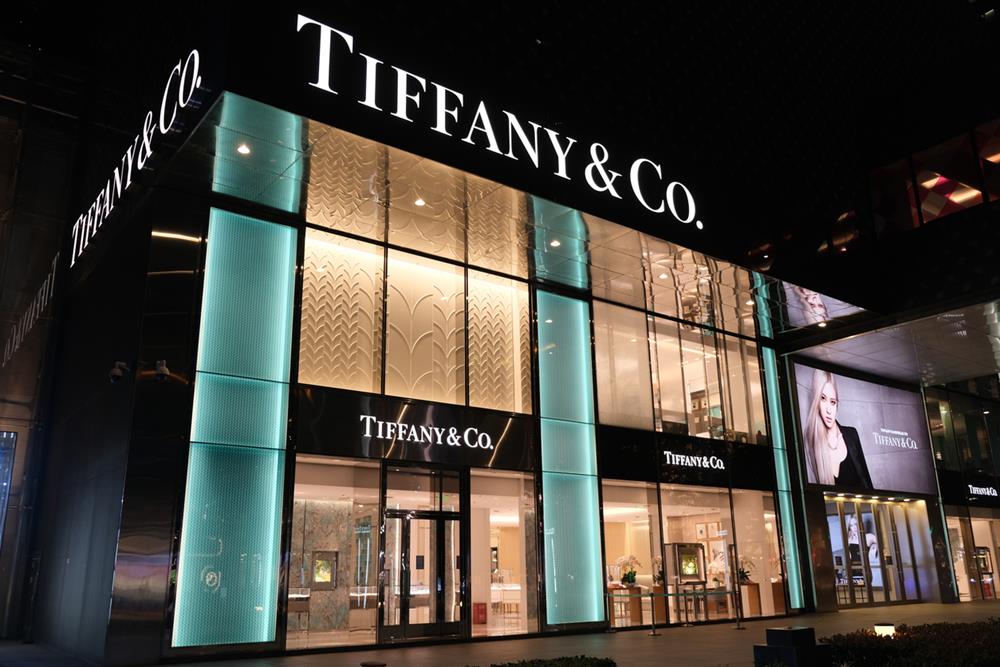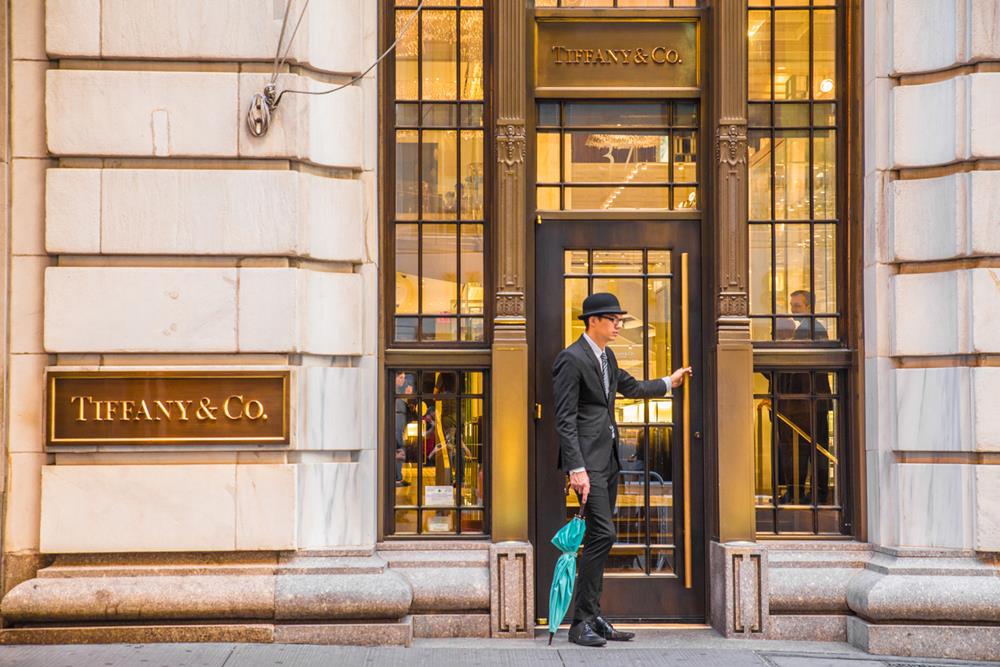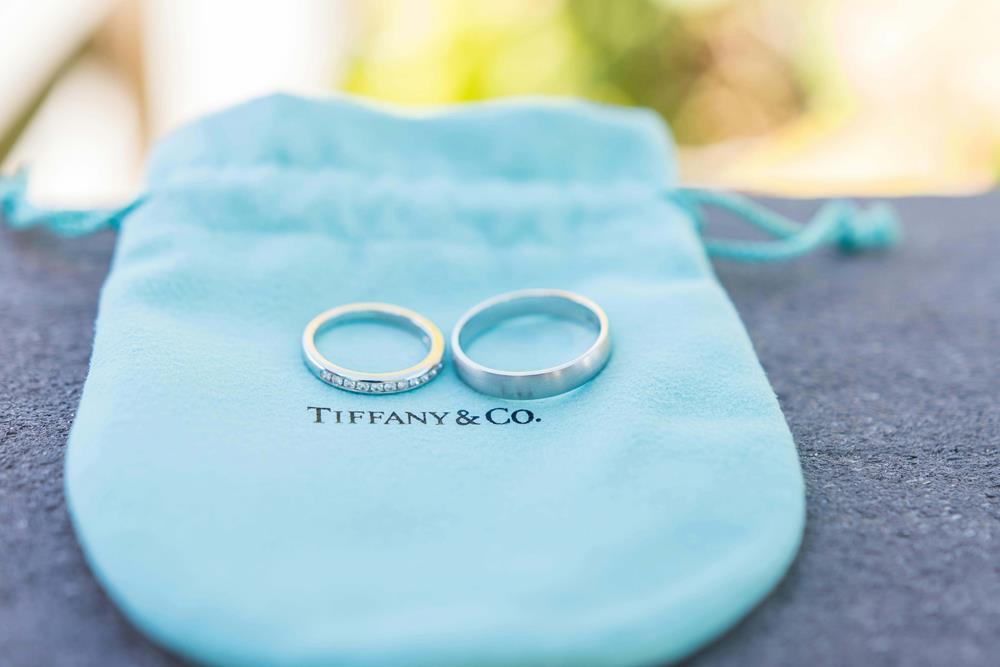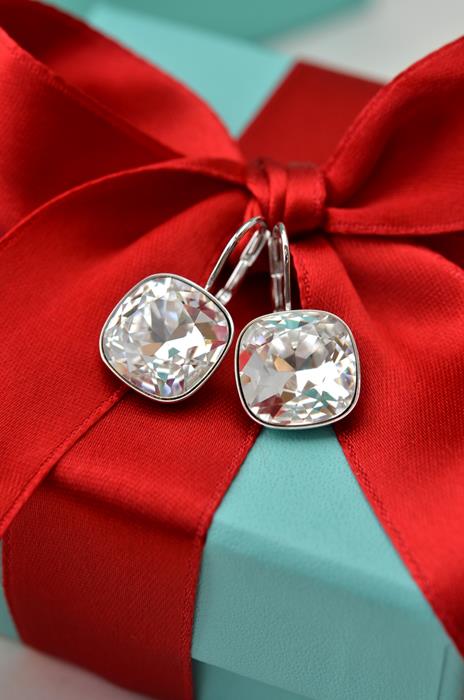In the heart of New York City, nestled on the prestigious Fifth Avenue, Tiffany & Co. began its journey to become a symbol of luxury and timeless elegance worldwide. Founded in 1837, this iconic jewelry brand has not only set the standard for exquisite design but has also captured the imagination of millions with its unique blend of tradition and innovation as we trace the steps from its humble beginnings to its status as a global powerhouse, the story of Tiffany & Co. unfolds, highlighting its commitment to craftsmanship, beauty, and a legacy of sophistication that transcends borders.
A Humble Start with Grand Ambitions
In the bustling landscape of New York City, Tiffany & Co. debuted in 1837, not initially on Fifth Avenue but with a vision that would eventually lead it there. The company was founded by Charles Lewis Tiffany and John B. Young as a small stationery and fancy goods store. Charles Tiffany’s forward-thinking approach and commitment to quality steered the brand towards luxury jewelry, setting the stage for a remarkable journey.
Stepping onto Fifth Avenue
The Big Move: It wasn’t until 1940 that Tiffany & Co. moved to its now-famous location at 727 Fifth Avenue. This move was more than just a change of address; it was a strategic step that placed Tiffany at the heart of New York City’s luxury shopping district.
Symbol of Luxury: Fifth Avenue was, and remains, a symbol of affluence and prestige. Tiffany & Co.’s presence there solidified its status as a luxury brand. The location offered visibility and an association with the elegance and sophistication that Fifth Avenue embodies.
Architectural Marvel and Cultural Icon
The Tiffany & Co. flagship store on Fifth Avenue is a testament to its commitment to beauty and excellence, not just in its jewelry but in every aspect of its presence. The building is a work of art designed to impress and inspire those who walk through its doors.
Highlights of the Flagship Store’s Architecture
Grand Facade: The store’s exterior, with its grandeur and elegance, sets the stage for the luxurious experience that awaits inside.
Art Deco Influence: Inside, the design elements draw heavily from the Art Deco movement, with clean lines, geometric shapes, and lavish use of materials that speak to the era’s fascination with modernity and luxury.
A Staple in Popular Culture
Tiffany & Co. is not just known for its exquisite jewelry; it’s also a cultural icon that has been immortalized in various forms of media.
- Movies: Perhaps the most famous example is “Breakfast at Tiffany’s,” the 1961 film that showcased the store as a place of romance and dreams.
- Music and Literature: From songs to books, Tiffany’s has been referenced as a symbol of luxury and aspiration, further cementing its place in high culture and popular imagination.
The journey of Tiffany & Co. from its initial days to its establishment on Fifth Avenue is a narrative of ambition, innovation, and the pursuit of excellence. Its flagship store, an architectural marvel, has housed generations of fine jewelry and become a beacon of luxury and a cultural landmark in its own right.
Innovations and Firsts in the Jewelry Industry
Tiffany & Co. has always been at the forefront of innovation in the jewelry world, and nothing exemplifies this better than the introduction of the Tiffany Setting engagement ring in 1886. This was a game-changer for how diamonds were presented and celebrated.
The Tiffany Setting: This design lifted the diamond above the band, allowing for maximum light reflection and, thus, unparalleled brilliance. It quickly became a symbol of true love and remains one of the most sought-after engagement ring designs.
Setting Standards with 925/1000 Sterling Silver
A Silver Revolution: Before Tiffany & Co., there was no standard for silver purity in the United States. Tiffany introduced the 925/1000 sterling silver standard, which the U.S. government later adopted. This move not only established Tiffany as a leader in quality but also contributed to the consistency and trustworthiness of American silverware.
Other Notable Innovations
- First Retail Catalog: Tiffany was the first American company to produce a retail catalog, making luxury goods accessible to the wider public.
- Innovative Gemstone Introduction: The company introduced the world to new gemstones, such as kunzite and tanzanite, showcasing its commitment to discovery and beauty.
Global Expansion Strategy
Tiffany & Co.’s journey from a single store in New York to a global luxury brand is a story of strategic expansion and unwavering commitment to elegance and quality.
Strategic Store Locations
- Key Global Markets: The brand has meticulously selected locations that resonate with its luxury status, opening stores in major cities across Europe, Asia, and the Middle East.
- Importance of Locale: Each new Tiffany store is more than just a retail space; it’s an entry point into its host city’s culture and luxury market, carefully chosen to align with local tastes while maintaining its iconic identity.
Adapting to Global Tastes
As Tiffany expanded, it adapted its offerings to cater to the diverse tastes of its global clientele, ensuring that the essence of the brand’s elegance and quality is consistent yet respectful of local preferences.
A Global Network of Elegance
Tiffany & Co. continues to explore new markets, always with an eye for locations that align with its heritage of luxury and sophistication. This strategic expansion has cemented Tiffany’s place as a global symbol of style and refinement.
Through innovations that have set industry standards and a careful strategy of global expansion, Tiffany & Co. has not only spread its wings far beyond Fifth Avenue but has also ensured that its legacy of quality, elegance, and innovation continues to shine brightly across the world.
Maintaining Elegance Across Borders
Tiffany & Co. has masterfully maintained its image of elegance and quality on a global scale, ensuring that each customer receives the same level of luxury and service no matter where they are.
Brand Image and Quality Control
- Consistent Quality: Across all locations, Tiffany & Co. ensures the quality of its jewelry meets its high standards, from sourcing materials to the final product.
- Training and Standards: Employees worldwide are trained to embody and convey the brand’s values, providing a consistent Tiffany experience to all customers.
Localizing with Elegance
Adapting to Local Tastes: While the core values of elegance and luxury remain steadfast, Tiffany & Co. subtly tailors its collections to resonate with local preferences and traditions.
Cultural Respect: This strategy respects the cultural nuances of each market and strengthens the brand’s global appeal, making luxury and elegance accessible to diverse cultures.
Sustainable Luxury and Social Responsibility
Tiffany & Co. is not just about creating timeless jewelry; it’s also about doing so responsibly, with a commitment to sustainability and community support.
Sustainable Practices
Ethical Sourcing: The brand is committed to sourcing its diamonds, metals, and other materials in socially and environmentally responsible ways.
Eco-Friendly Operations: Efforts to reduce the environmental impact of its operations are evident in its use of renewable energy sources and sustainable packaging materials.
Giving Back to the Community
Philanthropy: Tiffany & Co. supports various charitable initiatives, focusing on wildlife conservation, cultural preservation, and social empowerment projects.
Engagement: Tiffany ensures a positive impact beyond jewelry by engaging with communities, especially in regions where it sources its materials.
Challenges and Triumphs
Becoming a global luxury brand comes with challenges, but Tiffany & Co. has demonstrated resilience and strategic insight.
Overcoming Challenges
Market Adaptation: Understanding and adapting to the nuances of new markets was a significant challenge. Tiffany & Co. met this by investing in market research and local talent to bridge cultural gaps.
Maintaining Brand Integrity: As the brand expanded, maintaining its image and quality across all locations was crucial. This was achieved through stringent quality control measures and consistent training programs for staff worldwide.
Triumphant Legacy
Global Recognition: Despite these challenges, Tiffany & Co. has successfully maintained its status as a symbol of luxury and elegance, recognized and revered around the globe.
Admiration and Loyalty: The brand’s ability to overcome these obstacles has not only secured its place in the luxury market but also earned the admiration and loyalty of customers worldwide.
Through maintaining its elegance across borders, committing to sustainable practices, and overcoming the challenges of global expansion, Tiffany & Co. has solidified its legacy as a brand that represents not just luxury and beauty but also responsibility and resilience.
Conclusion
Throughout its illustrious journey from the iconic Fifth Avenue to the far corners of the globe, Tiffany & Co. has not only defined what it means to be a symbol of luxury and elegance but has also set the standards for innovation and sustainability in the jewelry industry. By maintaining its commitment to quality, adapting gracefully to local markets, and championing ethical practices, Tiffany & Co. has woven a narrative that goes beyond the sparkle of diamonds.
This story, rich with cultural significance and a dedication to positive impact, showcases the brand’s ability to transcend geographical boundaries while holding fast to its core values. In doing so, Tiffany & Co. has sold not just jewelry but dreams, wrapped in the promise of beauty, responsibility, and timeless elegance.

